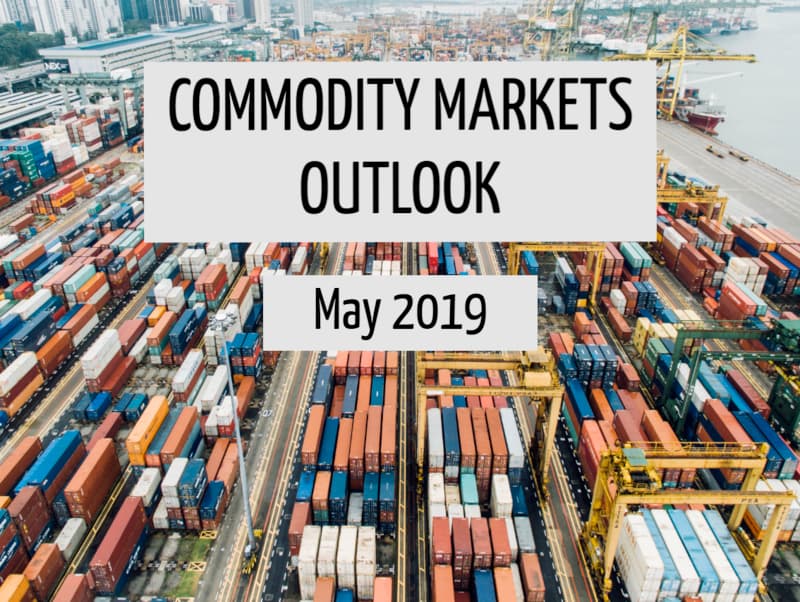The recent ease of US trade tensions with Mexico and Europe would allow more room for escalation of a trade war with China. The worst China-US scenario could have huge consequences on growth, inflation and monetary policy in the months to come. The plan is to more than double the existing tariffs. For the first time, US consumer will directly experience the price rise of most goods purchased. In China, the impact of a strongly loosened policy earlier this year* has had a short term recovery effect on the Chinese economy** which looked very concerning in Q4 2018. The effect of monetary injection is now fading. The new tranche of tariffs of 25% on all imports from China accompanied with other supply restriction weigh on the US. Economic leading indicators are dangerously pointing to the red and US central bankers are changing their narrative toward more policy easing. Gold could benefit greatly and has surged recently to expectation of even negative real interest rates. Industrial metals remained very much subject to global trade and global growth, with rather erratic movements (platinum down 11% in May). LME Copper is sliding toward $5,800/ton, a price level that the market had previously decided was the cost floor.
Elasticity of production and spare OPEC capacity seems to be keeping oil in the $50-70 range. Saudi officials suggested that the current managing of oil prices (at the next meeting in Vienna scheduled end of June) with current production target should stay unchanged. While any deterioration of global growth and trade tensions will lower demand, the offsetting of Iranian exports by other OPEC countries doesn’t seem to create an issue. Our petroleum equally weighted baskets was down 13% in May, but still up 14% year-to-date. The Atlantic spread has been widening over the last 2 months with Brent around 9 USD above Crude; a spread above 10 USD has not been reached since 2014 due to infrastructure issues. On the demand side, the IEA is reducing Brazil and China’s consumption growth forecast and continue to be in a steadily lower demand growth phase with the faster adoption of EV in certain countries.
Grain markets rebounded sharply in May from an excessive short position which was triggered by delay on planting. USDA crop progress report indicated that only 30% of planting had been completed (compared to 60% on average at that time of the year). Corn and Wheat (both up about 17% on the month), rebounded as the window is getting shorter for these crops. The cold and wet weather in May prevented normal planting for the season and appear to also have impacted yield for this year (late planting doesn’t favor good yield). The planting window for soybean is longer so soybean should be less affected.
Volatility continued its general uptrend. The VIX is up on the month from 13.12% to 18.71% with a peak at 20.55% mid month. There was a sharp increase in crude implied volatility, up from 25% to 45% on the month for ATM calls, back to about halfway between its December high of 68% and its April low of 18%. The return of volatility in the agricultural sector seen in April amplified in May, with implied volatility up from 20% to 43% (not seen since 2016) for corn and from 14% to 24% (November high) for soybean for ATM calls. Gold implied volatility, on the other hand, remained historically low at around 8% for ATM calls throughout the month.
Author: Four Elements Capital


